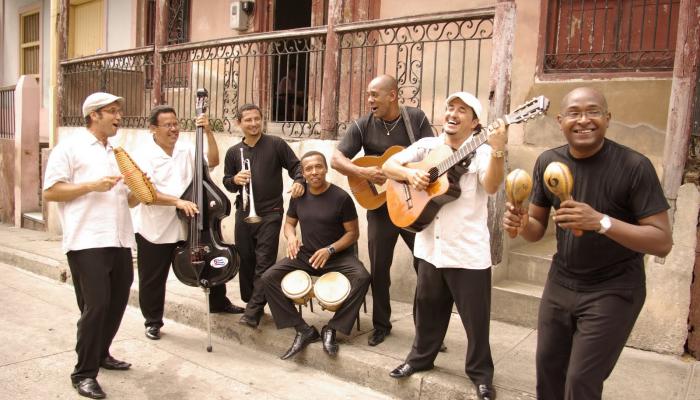13.34 Alternative music in Cuban music in the 20th century (2000-2011).

Alternative music is a term widely used today by musicians, critics, and specialists. They group together under this term all music related to musical genres such as rock, rap, trova, and bolero.
It is the term that brings together all types of music that contrast with the generally accepted established models.
This type of music isn’t a single, recognizable musical style. Each of these musical genres has its own characteristics and is distinct from what is known as commercial music. It’s music removed from the promotional circuits, detached from political power and its discourse.
It is a heterogeneity that occurs between elements of Cuban popular consonances that are captured and restored in different ways, invariably respecting the threshold of traditional genres.
Alternative music in Cuba is represented by numerous groups. Currently, their number continues to grow thanks to the flourishing of new groups. Among them are Qva Libre and the duo Jade.








